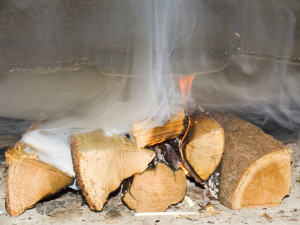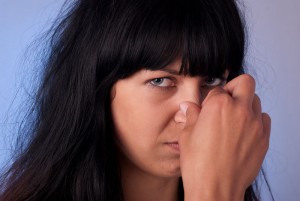Schedule an Early Chimney Cleaning
Spring is the perfect time for your annual chimney sweep because the system has been working for you all winter! Therefore, it is full of creosote, soot, grime, and ashes. As humidity rises, the moisture in the air will mingle with the soot and creosote in the chimney system, and the result is not pleasant. You may be enjoying some family time in your living room or game night with friends, and suddenly the aroma of barbecue is overwhelming. It’s not a barbecue grill in the living room. It’s your fireplace!
The same moisture that causes these foul odors when a chimney is dirty will also corrode your chimney flue. Moisture mixed with soot and creosote creates a corrosive material that must be cleaned away.
Other Reasons to Sweep the Chimney
Preventative Care – Scheduling routine chimney sweeps and annual chimney inspections is the best way to have the safest and most efficient chimney system, according to both the Chimney Safety Institute of America (CSIA) and the National Fire Protection Association (NFPA).
Preparation – Once your chimney sweep is completed, you can rest assured that your system is ready for this fall. Your chimney sweep includes a level one chimney inspection which includes an examination of the readily accessible portions of the chimney system. If your chimney professional sees an issue with your system, you’ll have time to schedule a more thorough assessment and have necessary repairs before fall.
Animal Removal – Schedule a chimney sweep if you have had an animal in your flue this spring. We will remove nesting materials, droppings, and fur or feathers from the system. These things are flammable and will lead to a flue fire. Once the chimney system is cleaned, ask your sweep about a cap to keep out critters, birds, and water.
Chief Chimney Services Cleans Chimneys
At Chief Chimney Services, we clean chimneys year-round. We can sweep your wood-burning appliance and chimney, as well as oil and gas appliances and chimneys. The two differ slightly, but our techs are certified, trained, and experienced sweeping all types of chimneys.
Don’t waste another moment. Scheduling your chimney sweep now will give you time for necessary repairs before burn season. It also gets your chimney taken care of before the “fall rush”–the time between October and January in which chimney professionals are busy with emergency calls, installations, and repairs.
Call Chief Chimney Services at 631-863-2460 or contact us online!




